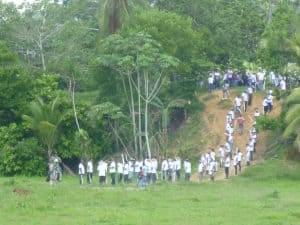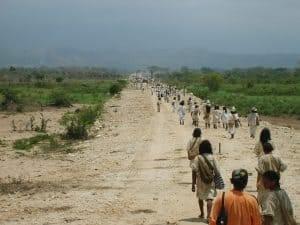UN expert David R. Boyd UN Special Rapporteur on human rights and the environment calls for halt to mining at Carbones de Cerrejon...
Emblematic Cases
ABColombia Emblematic Cases: Overview
 Buenaventura
Buenaventura
Buenaventura is Colombia’s most important port city. Despite its significance for international trade and tax revenue, Buenaventura is one of Colombia’s least developed cities and communities are affected by the lack of basic services and the presence of illegal armed groups.
 COCOMOPOCA
COCOMOPOCA
COCOMOPOCA (Consejo Comunitario Mayor de Alto Atrato) is made up of 43 Afro-Colombian communities who under Law 70 (1993) made an application for collective ownership of their land title. They struggled for 12 years to have their land-rights recognised. A struggle that saw them forcibly displaced from their territory and their leaders threatened and killed.
 The Wounaan Indigenous People
The Wounaan Indigenous People
The Wounaan People are one of the Indigenous peoples in Colombia that are at risk of extinction due to displacement and violence. They live on the River San Juan near a dense rainforest in a particularly bio-diverse region in the South of Chocó. The Wounaan have been forcibly displaced on several occasions.
 Jineth Bedoya Lima
Jineth Bedoya Lima
Jineth Bedoya Lima is a Colombian journalist and Human Rights Defender. The violent sexual attack against her is one example of the way in which sexual violence is employed as a means to intimidate and punish women defenders for their work.
The Zenú Indigenous Peoples
The Zenú Indigenous Peoples from the Alto San Jorge Resguardo in Cordorba belong to the Indigenous Groups at risk of physical or cultural extinction. They have been raising the issue of the alleged impacts of the nearby BHP Billiton Cerro Matoso Ferro Nickel mine and processing plant on the health of the Zenú People and the contamination of the environment.
The Linea Negra, Sierra Nevada de Santa Marta
The Linea Negra for Indigenous Peoples is the “Heart of the Earth.” It is a ring of 54 sacred sites around the base of the Sierra Nevada de Santa Marta that form the boundary of the ancestral territory of the region’s four Indigenous Peoples: Kogui, Arhuaco, Wiwa, and Kankumano. They are direct descendants of the Tayrona culture who built the pre-Columbian cities.
News on Emblematic Cases
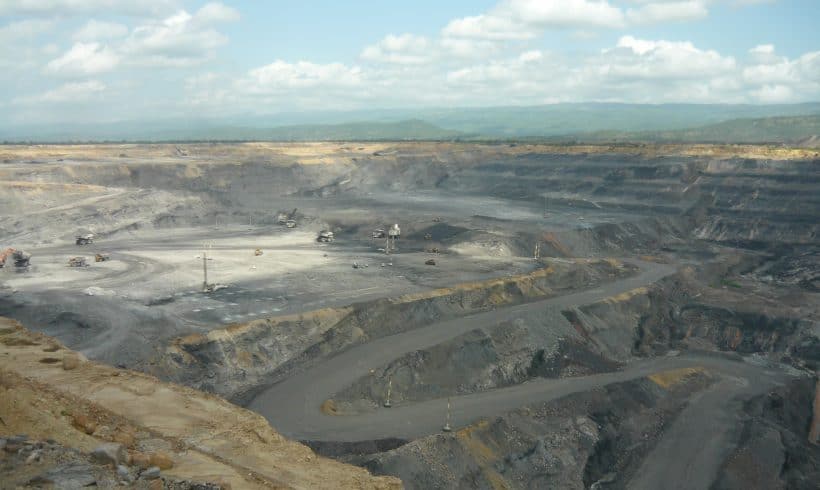
ABColombia profound concerns regarding Cerrejon’s lack of compliance with Court Rulings.
ABColombia and CINEP’s reply (7 August 2020) to letter from Cerrejon’s letter (5 June 2020). This letter outlines our grave...
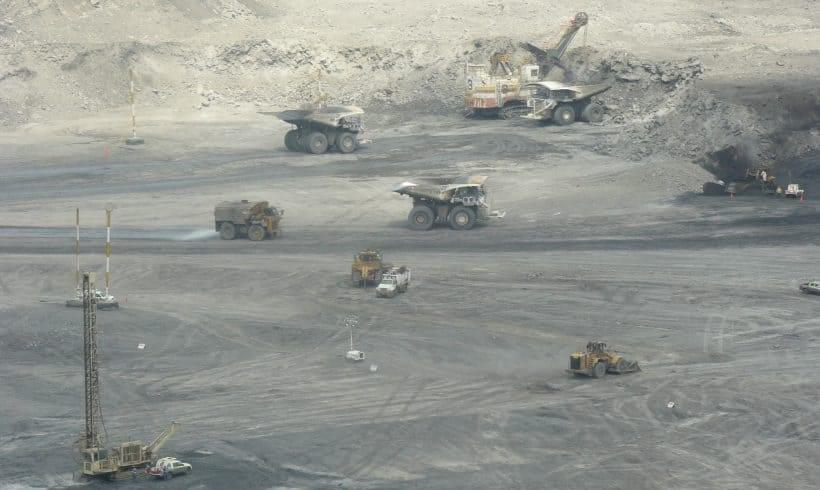
Amicus Brief: Arroyo Bruno
ABColombia and the Colombian Caravana UK Lawyers Group in August 2020 filed an Amicus Brief before the Court of Execution...
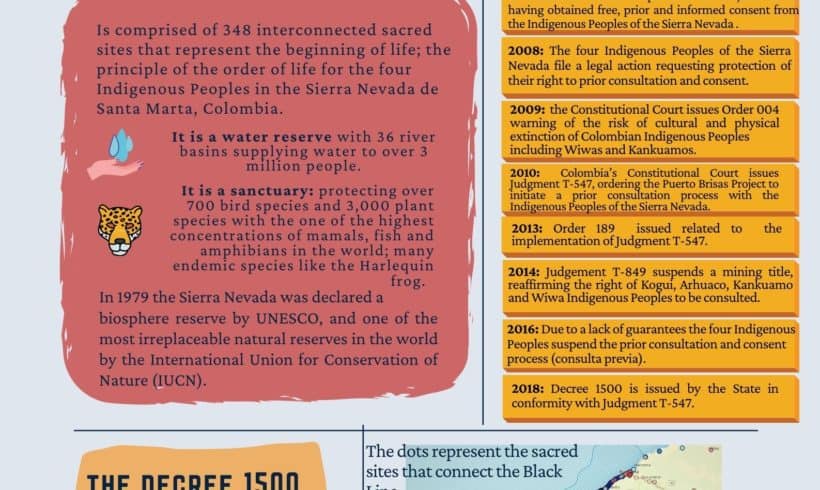
Linea Negra Decreto 1500
After years of consultation by the four Indigenous Peoples of the Sierra Nevada de Santa Marta: Kogui, Arhuaco, Kankuamo and...
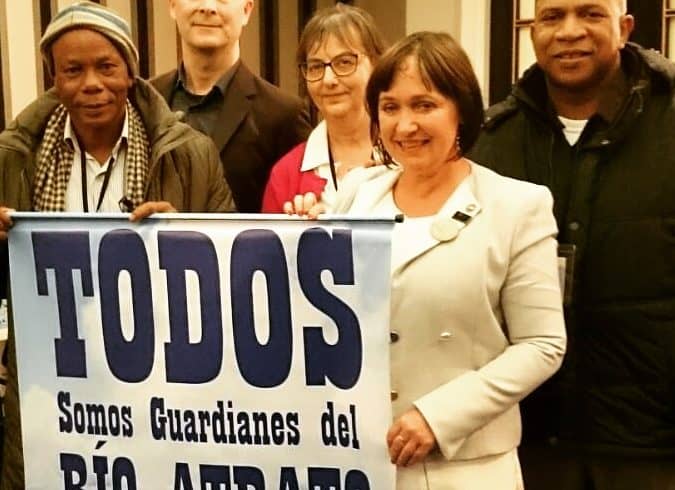
Rival Illegal Armed Groups Terrify Communities in the Rio Quito Chocó
On 15 May 2020 there was an armed skirmish between illegal armed groups in the Rio Quito Choco, as one...
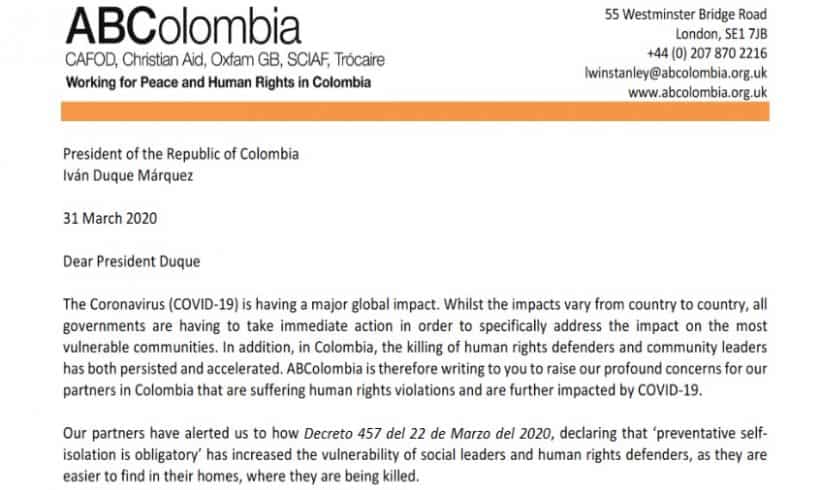
Letter to President Ivan Duque: COVID-19 and the Humanitarian and Human Rights Crisis
ABColombia wrote the following letter to President Ivan Duque on 31 March 2020. You will find a copy of the...
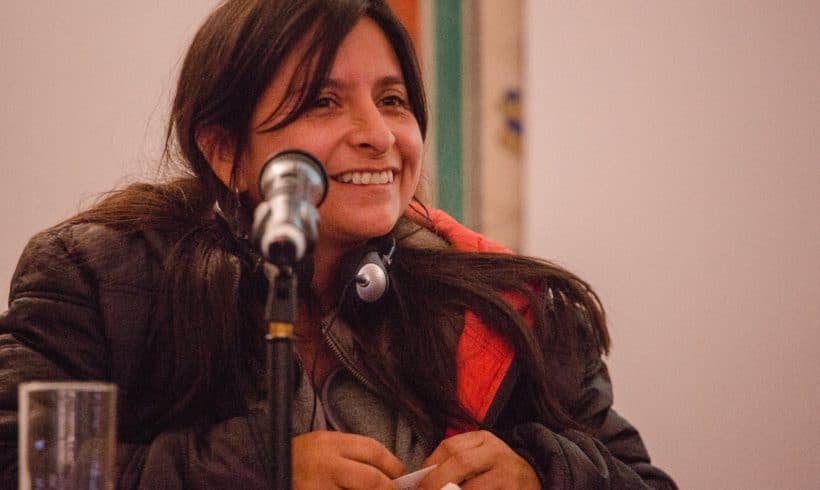
In the International Women’s Day ABColombia say #IStandWith Emilse Paz
“Our dream is the demilitarization of our territories, so they are peace territories, as they were years ago. There we...
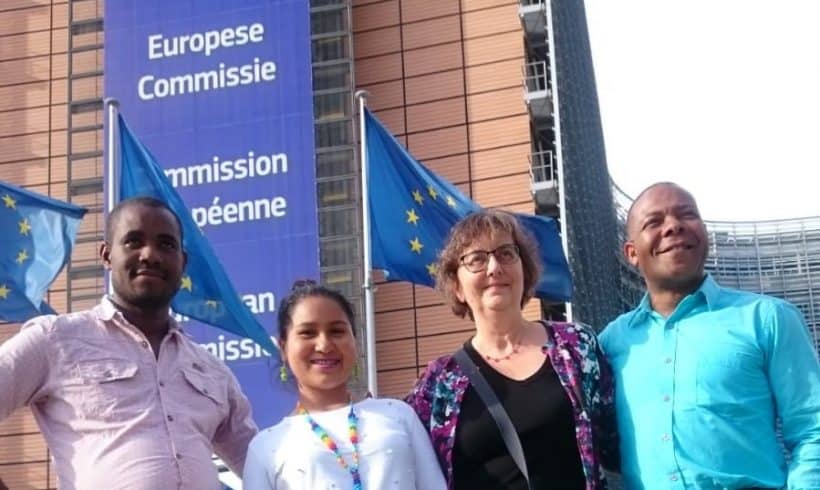
Guardians of the Atrato River visit the EU
In November 2019 two Guardians of the River Atrato together with the a representative of the Dioceses of Quibdo, Choco,...
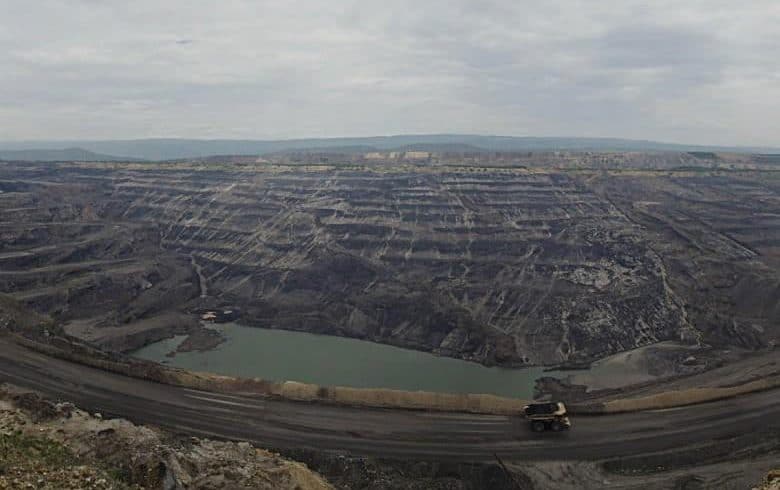
Cerrejon and the River Bruno
The Carbones de Cerrejón mine is owned by three multinational companies two of which are registered on the British Stock...
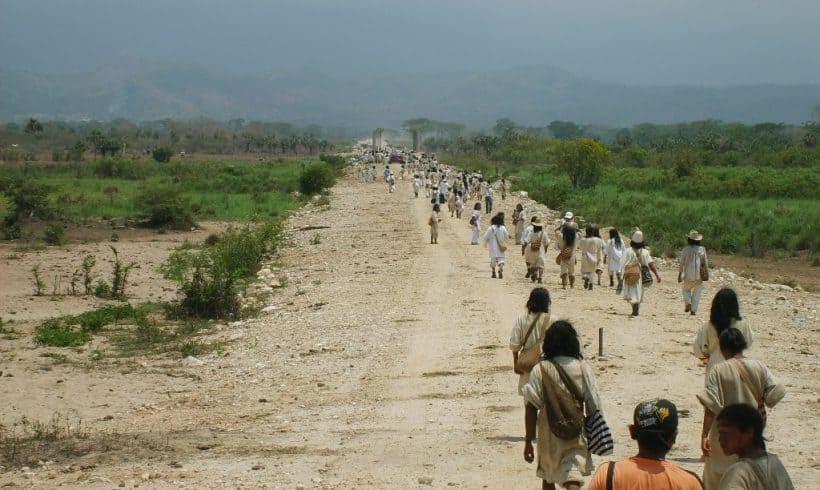
Public Statement: Kogui, Arhuaco, Wiwa and Kankuamo Indigenous Tribes
Four indigenous tribes Wiwa, Kogui, Arhuaco and Kankuamo live on sacred lands marked by what is referred to as the...

Emblematic Case: Sierra Nevada de Santa Marta
We are one with the water, with the earth, with the air, with the sun, with the thoughts, with the...
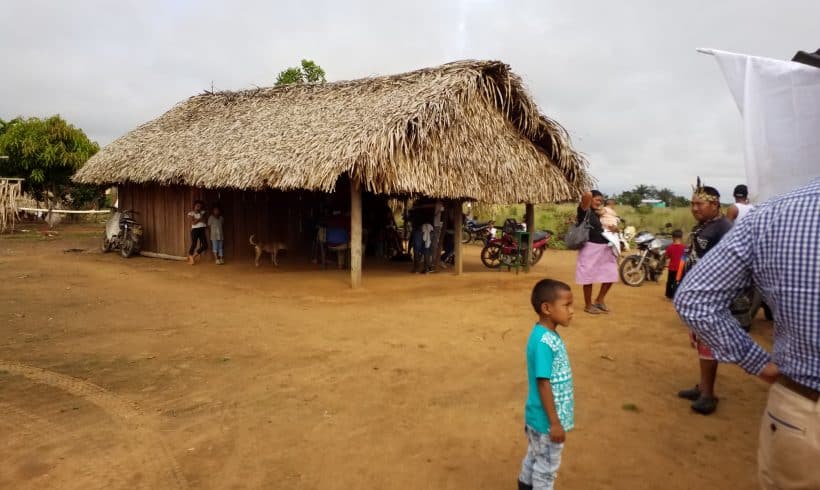
Matarratón in El Porvenir: a short history
In August 2018 British Parliamentarians visited Matarratón in an effort to understand the complex situation of land. They found that...

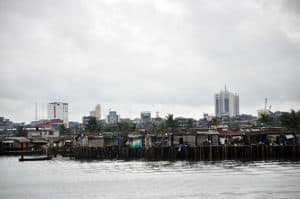
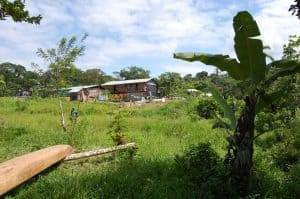
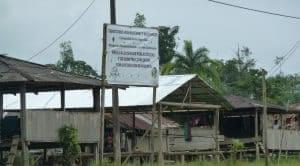
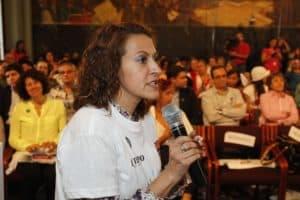 Jineth Bedoya Lima
Jineth Bedoya Lima